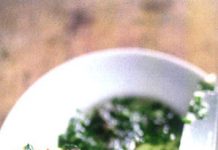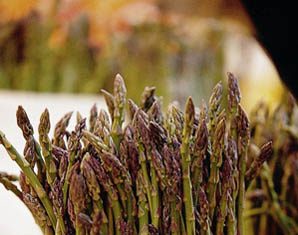
Basic Risotto
Oryza sativa, the Latin name for rice, was first cultivated in Italy around the fifteenth century. The japonica subspecies forms a round and large grain, grown for its starchy qualities – indispensable when making risotto. The types include carnaroli, vialone nano, arborio and, less well known, baldo.
Serves 4
Risotto
Ingredients
- 2 tbsp olive oil
- 55g (2 oz) butter
- 350g (12 oz) risotto rice
- 1.7 litres (3 pints) stock, simmering
- 55g (2 oz) Parmesan, freshly grated
- Salt and pepper to taste
Instructions
- Use a heavy saucepan with a rounded bottom, big enough to contain the rice, plus the liquid. Heat the oil and half the butter in this, then add and carefully coat the rice before adding any liquid. Turn the rice with a wooden spoon. You start to add the boiling stock when the rice is well and truly impregnated with butter and starts to stick to the bottom of the pan. Add only a ladleful at a time. Continue to stir and add the stock until the rice appears to be cooked (after 20 – 25 minutes).
- At this stage remove the pan from the heat and, without stirring, let the rice absorb the last of the liquid. The risotto should have a creamy consistency,but the grains should still be firm to the bite (al dente). Just before serving (with the exception of seafood risottos), stir in the remaining butter and the freshly grated Parmesan. This last operation is called ‘mantecare’, possibly from the Spanish ‘manteca’ which means ‘fat’. Taste finally for the right seasoning and serve straightaway. It is important to time the cooking so that this little work of art can be enjoyed and fully appreciated the moment the cheese has melted and the risotto is ready.
7.8.1.2
14
https://www.antonio-carluccio.com/risotto/












